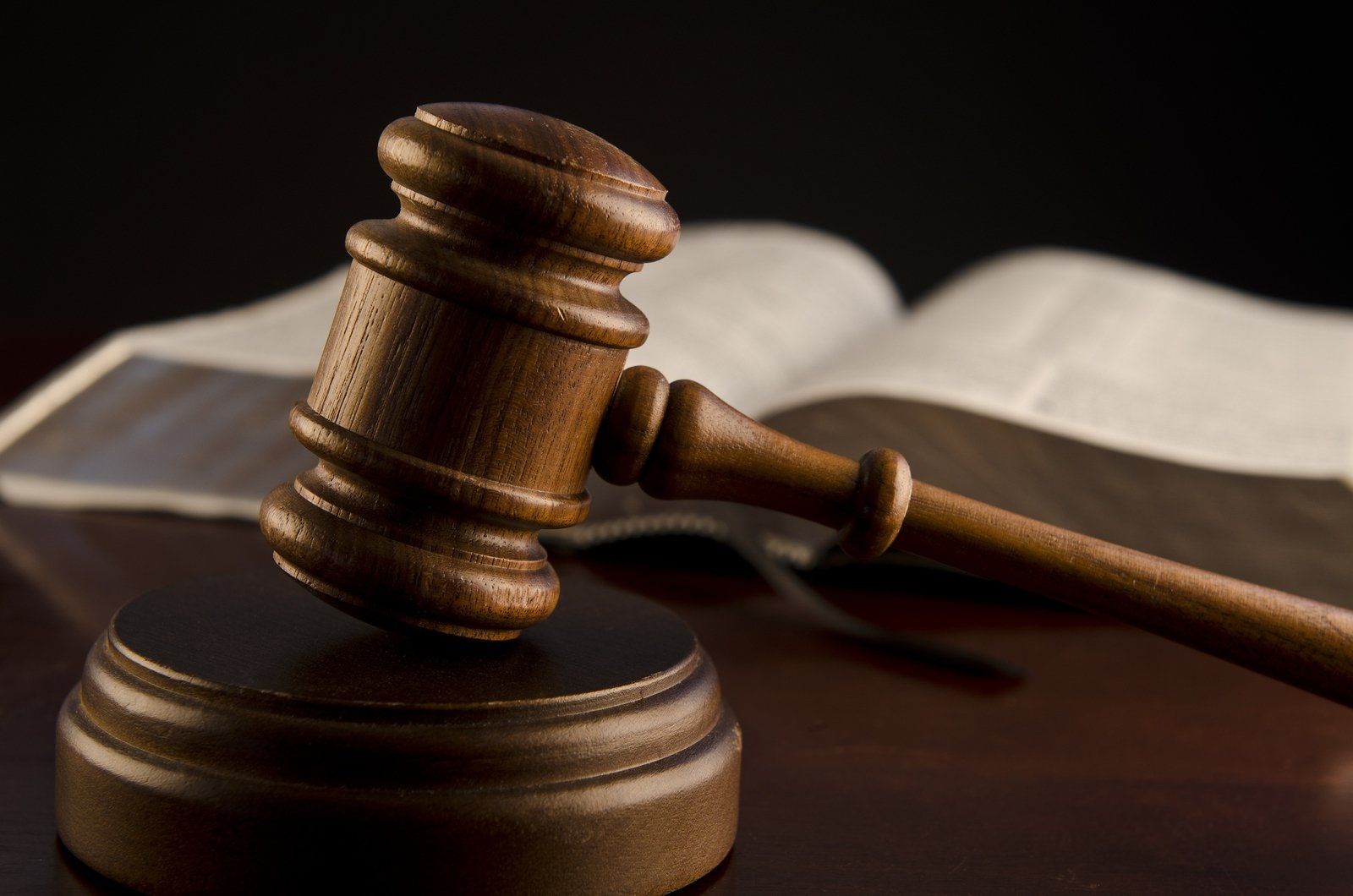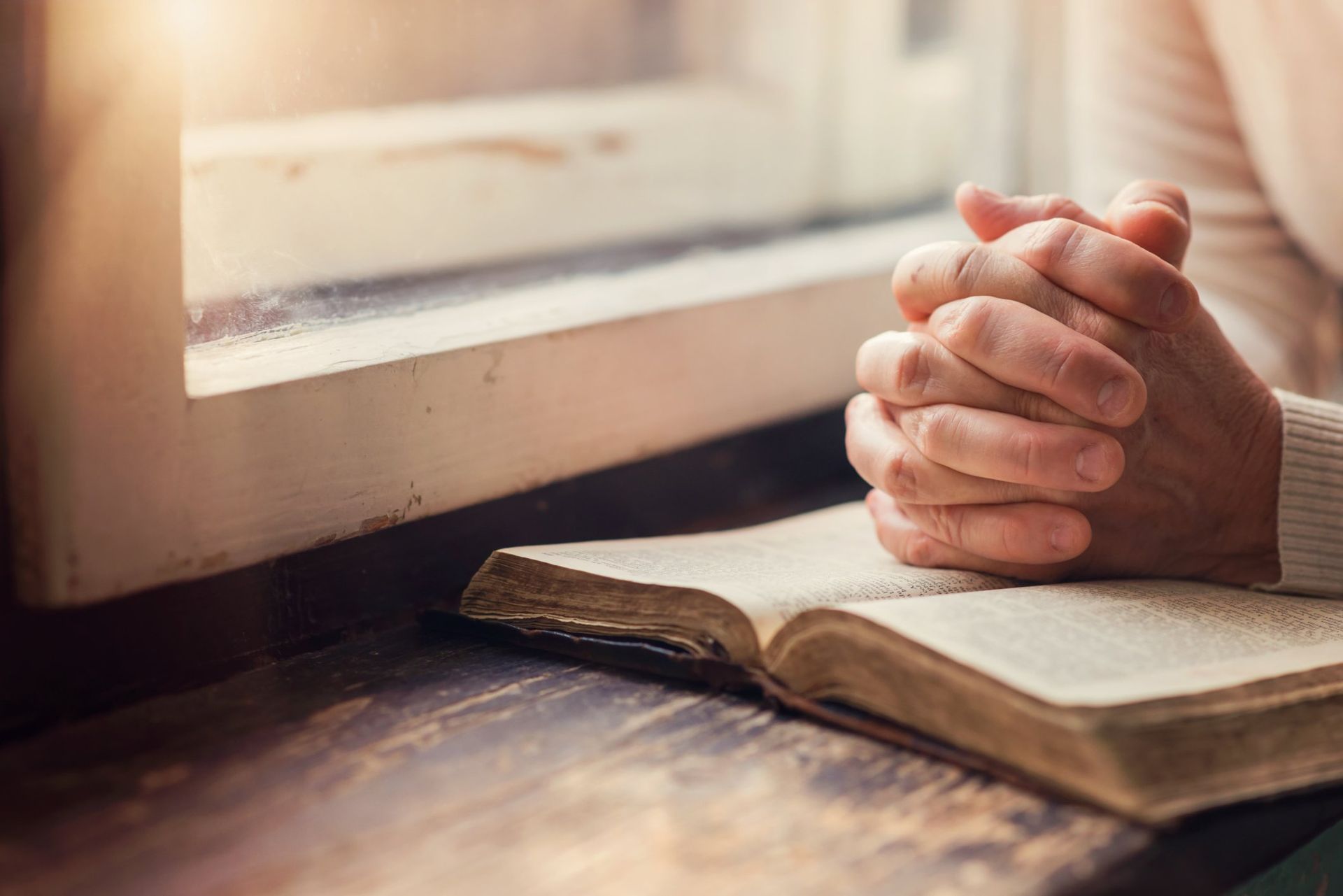JESUS’ SACRIFICE OF HIMSELF IS SUPERIOR TO THE SACRIFICES OF THE OLD COVENANT AND SETS US FREE FROM SIN (9:1-10:39)

The new covenant, which is superior to the old covenant, stands at the center of Hebrews (ch. 8). Its two main features, according to Hebrews, are its superior high priest (chs. 5-7) and its superior sacrifice (chs. 9-10). The sacrifice of the new covenant is discussed in three stages. First, the old covenant system at the tabernacle is presented as a background picture to help explain what Jesus did in the new covenant (9:1-10). Second, the effectiveness of the blood of Christ is described in detail (9:11-28). Finally, the sacrifice of Christ is exhibited as being made once, but effective for all time (10:1-18). The "therefore" of 10:19 introduces a section of exhortation based on this three staged discussion of Christ's sacrifice.
The central Old Testament quotation for this section is found in 10:5-7 and is taken from Psalm 40:6-8. Most sections of Hebrews place the major Old Testament quotation at the beginning of the section. Only the discussion of the covenant in chapter 8 and this discussion of the sacrifice in chapters 9-10 place the Old Testament quotation near the end.
A. THE TABERNACLE AND ITS TOOLS (9:1-5)
9:1 Now the first covenant had regulations for worship and also an earthly sanctuary.
Our author explains that "the first covenant” had regulations for worship and also an earthly sanctuary." He discusses them in the reverse order, beginning with the tabernacle and its tools (vv. 1-5), and then proceeding to the central ceremony and its meaning (vv. 6-10).
B. THE DAY OF ATONEMENT (9:6-10)
9:6 When everything had been arranged like this, the priests entered regularly into the outer room to carry on their ministry.
The rituals of the Day of Atonement (Yom Kippur) are fully described in Leviticus 16.
C. JESUS’ SACRIFICE CLEANSES OUR CONSCIENCE (9:11-14)
Now that our author has described that which is an "illustration for the present time" (9:9) - the tabernacle and rituals of the first covenant (9:1) - he now proceeds, in that light, to describe the superiority of Jesus' blood sacrifice. The remainder of the chapter is devoted to three major accomplishments of the shed blood of Christ: (1) the cleansing of our conscience (vv. 11-14), (2) the inauguration of the new covenant (vv. 15-22), and (3) our complete purification from sin (w. 23-28). The thrust of the chapter to this point is now summed up in this lesser to greater argument.
But "how much more" was accomplished by the blood of Christ! His sacrifice was able to do what the others could not (9:9) - "cleanse our consciences." What Jesus offered for our cleansing was "himself unblemished." Peter uses it in the same sense that our writer does here when he refers to "the precious blood of Christ, a lamb without blemish or defect" (1 Pet 1:19).
D. JESUS' DEATH INAUGURATES THE NEW COVENANT (9:15-22)
We now read about the second of the three major accomplishments of the shed blood of Christ: the inauguration of the new covenant (vv. 15-22).
Finally, this verse indicates that Christ's death makes it possible for the entire community of faith, old and new, to receive this inheritance. Those whose sins were "committed under the first covenant" were set free not by the sacrifices and gifts of that covenant but only by the sacrifice of Jesus.
E. JESUS’ SACRIFICE WAS ONCE AND FOR ALL (9:23-28)
9:27 Just as man is destined to die once, and after that to face judgment, 9:28 so Christ was sacrificed once to take away the sins of many people; and he will appear a second time, not to bear sin, but to bring salvation to those who are waiting for him.
This verse contains both a promise and a warning. As Christians, we say "maranatha!" ("Come, Lord Jesus!" Rev 22:20) for we desire to be with him. Two truths are certain. All men die. And all men will face judgment. On that day, only one decision will matter - whether we have embraced the Christ who sacrificed himself for our sins and our salvation.
Bob's Blog









